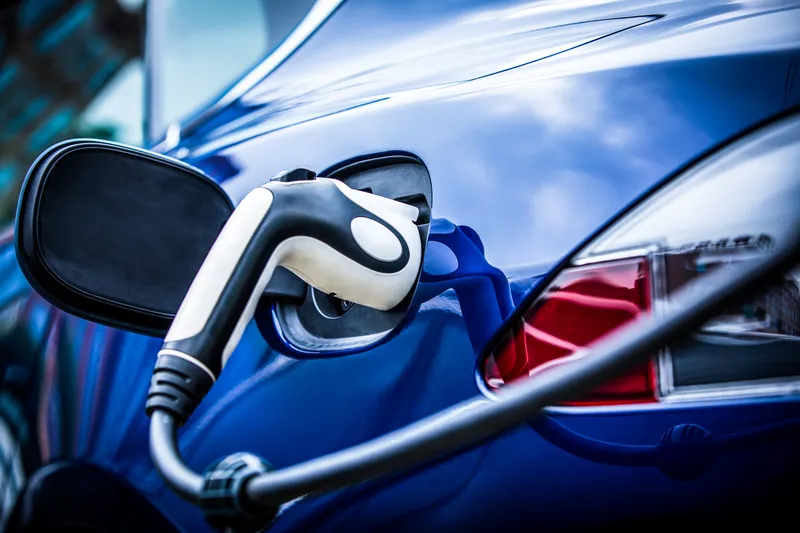Poland’s electro-mobility market is ripe for growth, according to research organisation
Frost & Sullivan’s report, Poland Electromobility Market, 2016–2025, finds that the EV market in Poland grew at an impressive compound annual growth rate (CAGR) of 77 per cent during 2011-2016, with
“Developing a charging point network will be critical to electric vehicle (EV) growth. Players should assess potential locations for the installation of charging stations, collaborate with municipalities to obtain permits for charging point construction, and consider merging the efforts of charging point operators, utilities, and oil and gas companies to leverage existing capabilities in charging technology, energy generation, and distribution networks,” said Frost & Sullivan Mobility Consulting analyst Ivan Kondratenko.
Poland’s electro-mobility market developments and trends encouraging growth include plans to have 1 million electric vehicles on the road by 2025, along with tax reductions, no real estate tax for charging points, no excise duty, free parking for EVs and zero-emission zones. Other incentives include financial support from government and
“New EV mobility business models are emerging through technology advancements, particularly app-based, on-demand services that encourage access to mobility rather than ownership, such as car-sharing and electric taxis,” noted Kondratenko. “Players should seek to tap into these lucrative nascent markets.”
Favourable government initiatives and new business models boost Poland’s EV market
Poland’s electro-mobility market is ripe for growth, according to research organisation Frost & Sullivan. Favourable government initiatives such as the Electro-mobility Plan and Electro-mobility and Alternative Fuels Act are reshaping local mobility and igniting innovative clean technologies to achieve higher competitiveness and energy optimisation.
June 29, 2017
Read time: 2 mins







